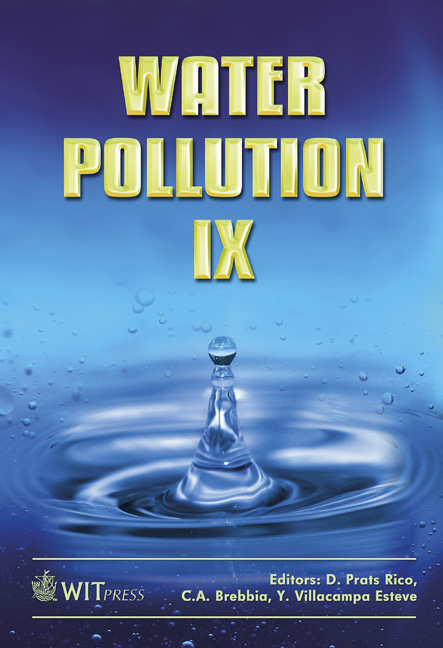Numerical Model For The Uptake Of Groundwater Contaminants By Phreatophytes
Price
Free (open access)
Transaction
Volume
111
Pages
9
Page Range
371 - 379
Published
2008
Size
370 kb
Paper DOI
10.2495/WP080361
Copyright
WIT Press
Author(s)
M. A. Widdowson, A. El-Sayed & J. E. Landmeyer
Abstract
Conventional solute transport models do not adequately account for the effects of phreatophytic plant systems on contaminant concentrations in shallow groundwater systems. A numerical model was developed and tested to simulate threedimensional reactive solute transport in a heterogeneous porous medium. Advective-dispersive transport is coupled to biodegradation, sorption, and plantbased attenuation processes including plant uptake and sorption by plant roots. The latter effects are a function of the physical-chemical properties of the individual solutes and plant species. Models for plant uptake were tested and evaluated using the experimental data collected at a field site comprised of hybrid poplar trees. A non-linear equilibrium isotherm model best represented site conditions. Keywords: phytoremediation, plant uptake, volatile organic compounds, solute transport, groundwater. 1 Introduction Phytoremediation is the use of plants to remediate contamination in soil and groundwater. Engineered phytoremediation systems have served as the primary remedial strategy at some sites, but it is more common for plants to be used in combination with other technologies as a polishing step. The initial application of phytoremediation was the use of hyperaccumulator plants to extract and accumulate toxic heavy metals from surface soils. Since then, a number of mechanisms have been shown to remove or degrade volatile organic compounds (VOC), such as trichloroethene (TCE), during phytoremediation. Plant-based
Keywords
phytoremediation, plant uptake, volatile organic compounds, solute transport, groundwater.





